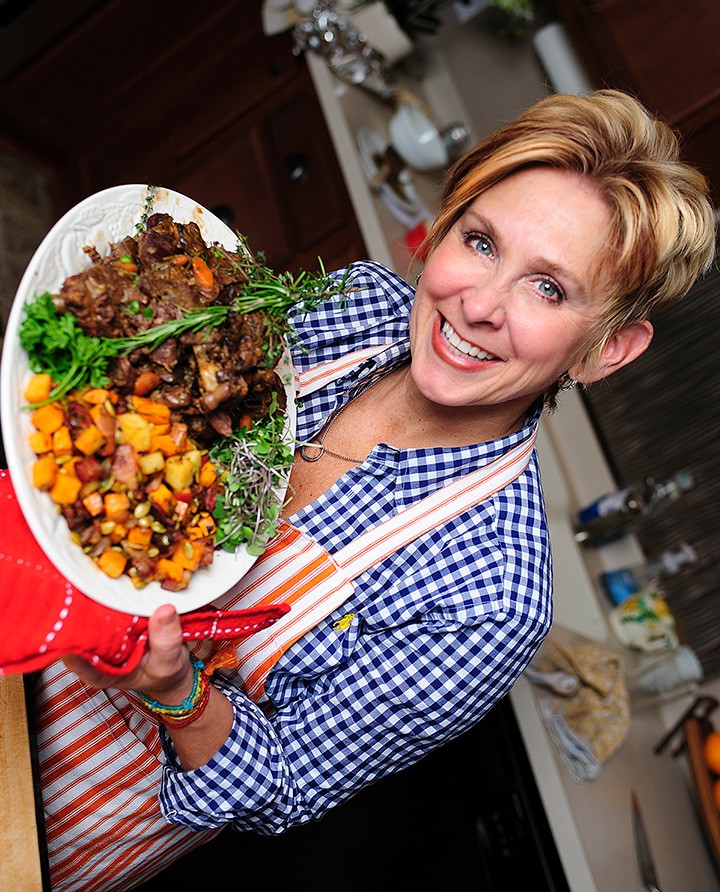Quacking The Code: How To Brine A Duck
Krissie Mason 03.30.18
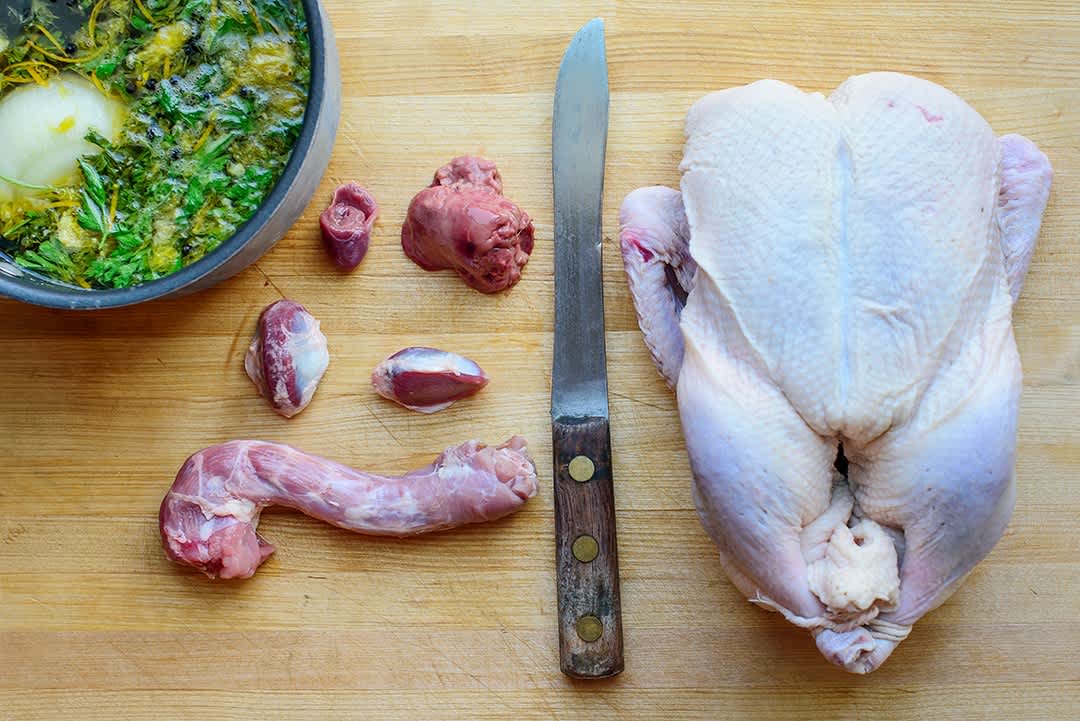
Want to talk nerdy? NaCl + H2O + 1/f = X. Or, are you more of a plain English sort? Salt + water + time = basic brining.
Whichever your native tongue, the very simple equation of submerging gamey, blood filled meat tissue in salt and water for a period of time is a fool proof formula for cooking good eats.
Brining, busty dabblers, divers, or farm walkers enhances three things: moisture retention, flavor, and texture. It is increasingly popular for wild game home cooks since it is inexpensive and produces delicious results. And, despite what some may say, you do not need packaged mixes, or blends. If you have salt, water, and some spices and sweeteners in your cupboard you have everything you need.
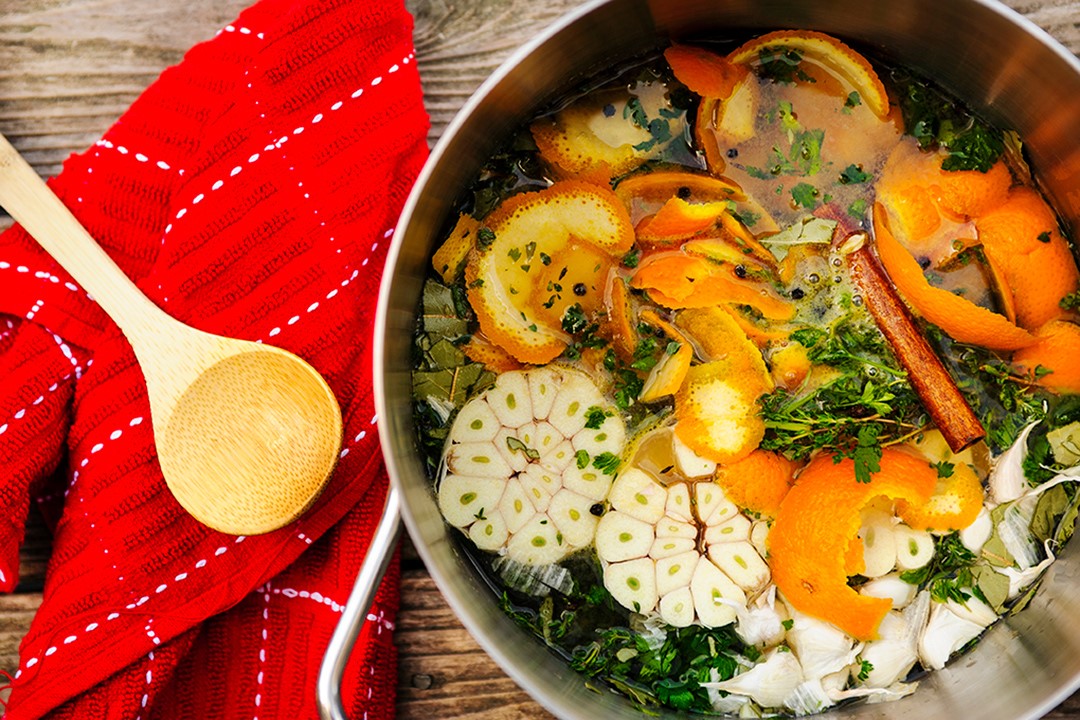
Biochemistry 101
What is brining exactly? Brining changes the structure of meat on a cellular level, hydrating through osmosis and retaining moisture through denaturation caused by a salt-to-protein chemical reaction. English? In essence, as the salt around the outside of the food penetrates tissue and moves inward it draws out water molecules (and blood) and replaces them with salt molecules until the amount of salt is equal inside and out. The salt then reacts with the proteins creating little pockets, which trap the brine liquid (whether that is plain water, or flavored and seasoned), resulting in meat that’s juicy, tender, and flavorful.
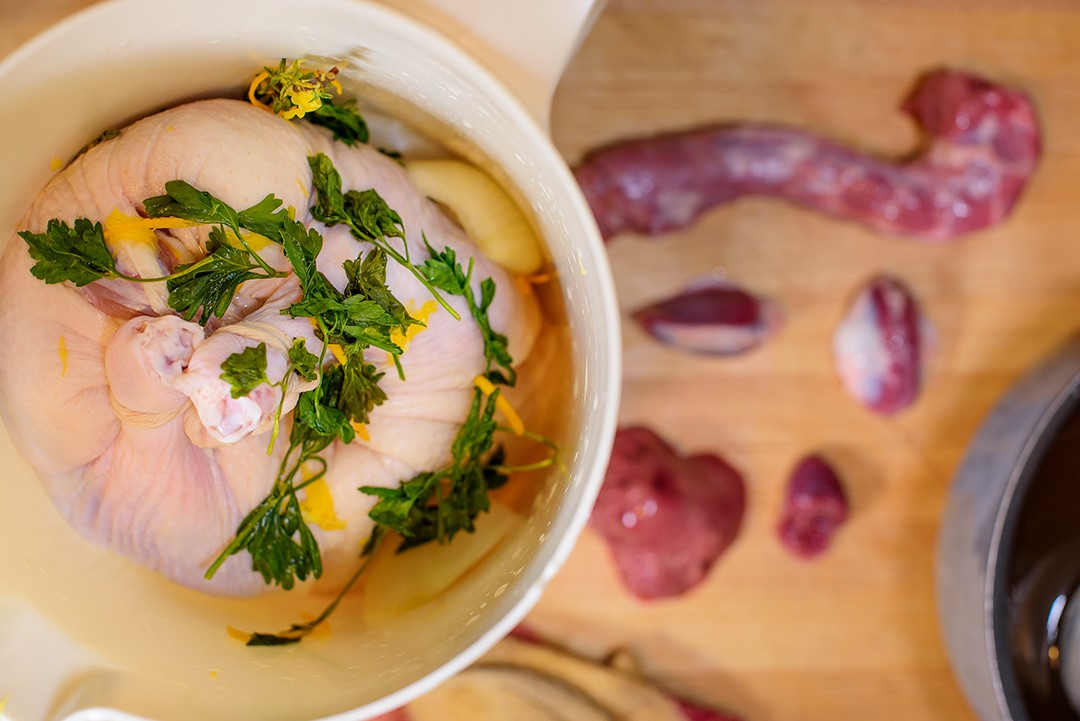
Special Equipment
Use a non-reactive container that is large enough to hold your meat while being fully submerged. I often use a tall plastic pitcher. There is room to slip in the duck , cover with brine, and yet small enough to fit in the refrigerator. Brining bags are available if you’re brining a large bird, like a wild turkey, but you can also use a small hard sided premium cooler. When prepping several birds, or a whole wild turkey I drop them in my compact YETI Roadie 20 with its ColdLock Gasket. I pour over a chilled brine and let it sit overnight. When brining whole birds, you may also need to weigh them down to keep them fully submerged. Among conventional weights like a heavy pot lid, or a plate, I’ve used a clean rock, a paver brick, and even a hand maul slipped in a sealable plastic bag.

The Right Ratio
The salt to water ratio is an most important factor in creating a good brine. Use kosher salt to brine as it is free from iodine. Iodine can affect taste. A good rule of thumb for whole birds is: ¼ cup of kosher salt for every 8-10 cups or unsalted liquid. (Approximately 1 tablespoon per 2 to 2 ½ cups of water.) Sugar, although not a must, is a great add-in if you like a hint of sweetness. (Add ¼ cup sweetener to the basic salt to water ratio.) Sugars, whether granular, or liquids like honey, molasses, maple syrup, sorghum, add flavor. They also caramelize when heated creating beautifully browned meats. You can add spices, fresh herbs, aromatics, or other flavorings to intensify the seasoning if you want to move beyond the basics. Citrus peel, fruit juices, beers, wines, peppercorns, garlic cloves, dried herbs, whole spices, all are possible additions.

Timing
Plan ahead! Remember to get the bird brining in advance of cooking. Usually a couple hours at minimum. If you intend to smoke, allow time for air-drying the skin after brining. The only drawback to brining is the skin absorbing water making it harder to achieve a Maillard reaction. (Brown and crispy skin.) So, if you intend to roast or smoke rinse duck after brining, pat dry, sprinkle with a light dusting of NaHCO3, (sodium bicarbonate, aka baking powder), to raise the pH making amino acids more available, lay on cooling rack on a sheet pan, and place uncovered in the refrigerator for several hours, up to overnight. This will allow the skin to take on smoke, and enhance the Maillard reaction.
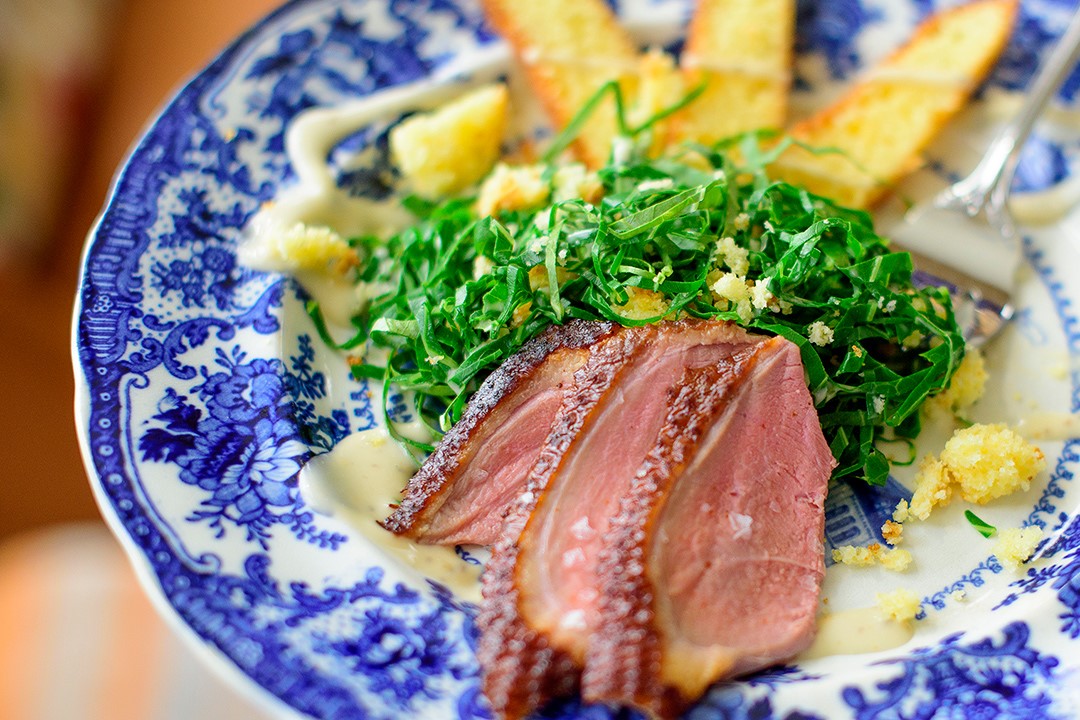
For more on smoked duck check out this recipe.
About the Author:
Raised a Minnesota farm-girl in a hunting family, Krissie Mason (below) is an outdoorswoman, writer, wild game food enthusiast, and has been reconnecting with my culinary country roots and family hunting traditions. She is a regular contributor to and several outdoor websites and print publications. Krissie fully supports a field-to-fork wild food chain, and especially enjoy expanding pantries and stretching wild game palates with ambitious & delicious family-friendly wild game recipes. Additionally, she is the Editor of Horizons Magazine: a bi-monthly publication of the Association of Great Lakes Outdoor Writers, and has recently been shooting historic, large format, wet plate photography for outdoor brands.
(Here’s a link to her website for more delicious recipes: https://www.krissiemason.com/)
